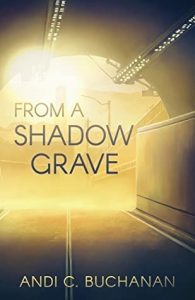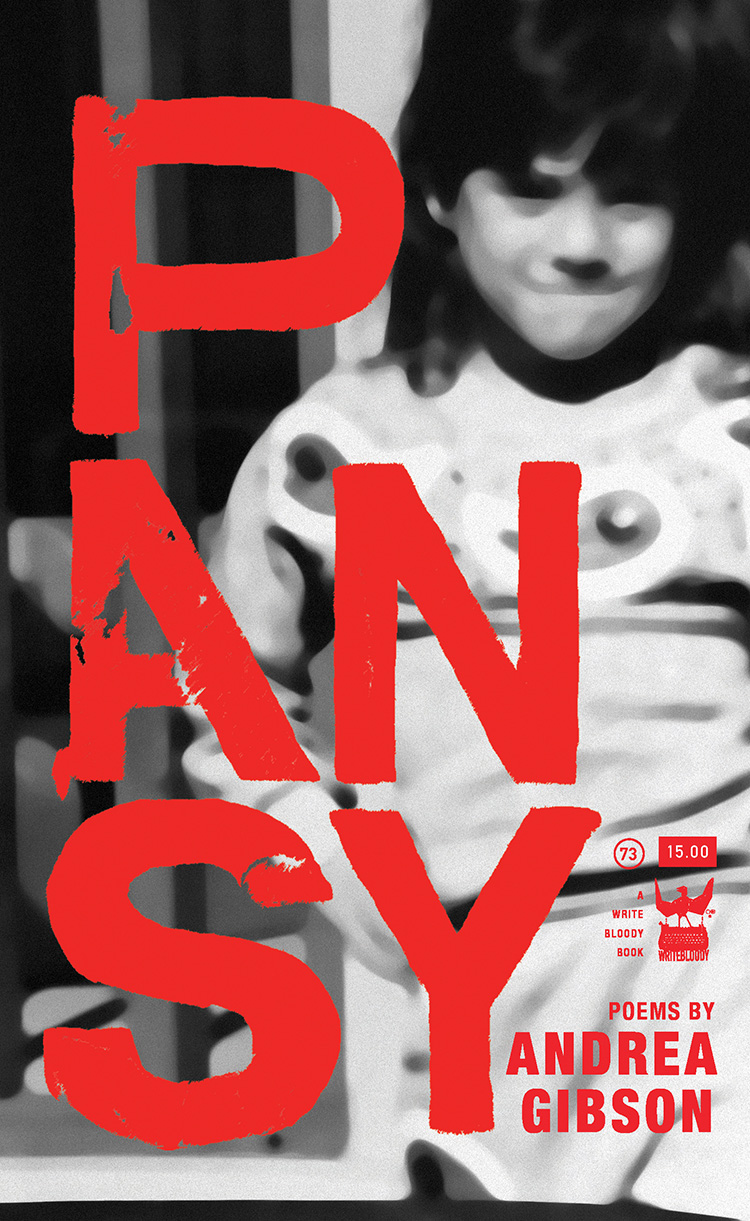This paranormal fantasy novella follows “you,” who is Phyllis Avis Symons. She’s a young girl living in New Zealand in the early 1930s, in the years leading up to World War II. Her contentious relationship with her parents leads her to run away and fall in love with an abusive man that becomes her downfall.
It’s hard to give a concise summary, as Phyllis lives multiple lives throughout the novella. But her first life takes up the majority of the story’s space. This book can’t be discussed as a linear narrative or in terms of character relationships and development. That doesn’t mean it was a bad book. Far from it.
From A Shadow Grave is a compelling array of connected stories told through the second-person point of view, putting the reader in Phyllis’ shoes. This perspective creates a matter-of-fact tone, giving a degree of emotional distance despite the subject matter. No matter what events occur and all the bad things that happen to the main character, the point of view puts it in a voice that indicates this is just how things are.
Phyllis’ relationships with George, Aroha, and others throughout her various lives indicates she is on the bi/pan spectrum. But it’s never explicitly stated. However, she does give voice to her hesitation and fear, as she recognizes the feelings she has for women and how it’s unacceptable in the society she lives in during the 1930s.
But that “you” perspective once more creates a factual tone, showing how Phyllis presumes life is just what it is, and there’s no use getting attached or worked up about anything. It’s her defense mechanism.
One aspect that pops up throughout is her learning disability. She’s written as someone with dyslexia, but because of the time she lives in, she’s deemed a stupid girl. What really breaks the reader’s heart is how she believes that’s true and accepts that as fact and reality.
Phyllis is also described as someone living with mental health issues. One sentence, in particular, stands out: “You were born with demons in your head, an unexplainable wish to self-destruct…” It’s especially fascinating as a description as the story takes place with a paranormal aspect, so the main character deals with magical demons as well as metaphorical ones.
The paranormal powers that exist in this world are never explained. They are accepted at face value and considered a normal part of everyday life for Phyllis and Aroha. It makes the narrative structure easier to accept, as the audience never needs to be told when another life jump has been made. It just is. This is strengthened once more by the second-person point of view.
The biggest detriment to the shortness of the novella and “you” perspective was a lack of depth in secondary characters. There were scattered details hinting that Aroha is a woman of color, but it’s not obvious that she’s an indigenous woman of New Zealand, Maori, until near the end of the book.
It’s difficult to give a specific analysis of this story without spoiling it. So many of the events and relationships are tied up in the plot, and it’s a great plot to enjoy on a first read without spoilers from a review. The best summary to give is it’s a ghost story, a love story, and a series of fragments of one person living multiple lives.



